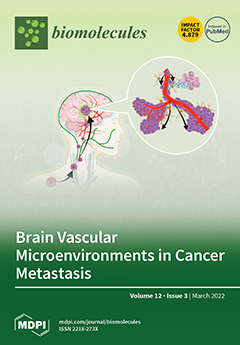Bacterial extracellular proteins participate in the host cell communication by virtue of the modulation of pathogenicity, commensalism and mutualism. Studies on the microbiome of cervical mucus of the water buffalo (
Bubalus bubalis) have shown the occurrence of
Staphylococcus pasteuri and that the presence of this bacterium is indicative of various physiological and reproductive states in the host. Recently,
S. pasteuri has been isolated from the cervical mucus of the buffalo during the different phases of estrous cycle, and has proved to be much more pronounced during the estrus phase. The basis underlying the availability of a significantly increased
S. pasteuri population, specifically during the estrus phase, is not known. Consequently, it is important to determine the significance of the specific abundance of
S. pasteuri during the estrus phase of the buffalo host, particularly from the perspective of whether this bacterial species is capable of contributing to sexual communication via its extracellular proteins and volatiles. Therefore, the relevance of
S. pasteuri exoproteome in the buffalo cervical mucus during the estrus phase was analyzed using LC-MS/MS. As many as 219 proteins were identified, among which elongation factor Tu (EF-Tu), 60-kDa chaperonin (Cpn60), enolase, fructose-bisphosphate aldolase class 1 (FBP aldolase), enoyl-[acyl-carrier-protein] reductase [NADPH] (ENR) and lipoprotein (Lpp) were the functionally important candidates. Most of the proteins present in the exoproteome of
S. pasteuri were those involved in cellular–metabolic functions, as well as catalytic- and binding activities. Moreover, computational studies of Lpp have shown enhanced interaction with volatiles such as acetic-, butanoic-, isovaleric- and valeric acids, which were identified in the cervical mucus
S.
pasteuri culture supernatant. The present findings suggest that
S. pasteuri extracellular proteins may play an important role in buffalo sexual communication during the estrus phase.
Full article






